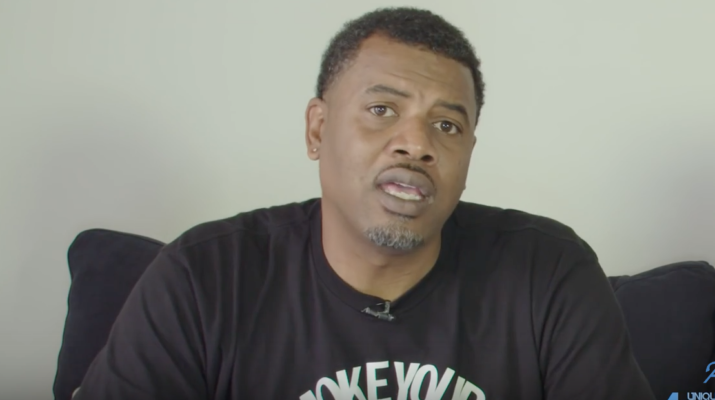Following the success of his We Can’t Be Stopped album in July of 1991 with The Geto Boys, Scarface enthralled rap fans through a brash delivery of gangster rap with Mr. Scarface Is Back that October. Slink Johnson names the album as one of his favorites for many reasons, including diversifying the sound of Southern rap.
In a recent episode of Best Albums, Slink explains how Mr. Scarface Is Back came at an important time.
“I was a young dude going through a lot of stuff,” he says. “I was actually in CYA at the time. I was already in love with The Geto Boys at that time because they were political and gangster and street, all in one. I took a real liking to Scarface because of the way Scarface articulated his words, especially coming from Houston. ‘Face didn’t sound country. Not that country was bad, but that just intrigued me. It opened up Houston as a whole world to me. H-town is a wonderful place. The Geto Boys-Scarface movement attracted me to that. It just taught me there was gangster shit going on everywhere.”
With respect to Scarface’s menacing street tales, the album’s artwork captured the luring effects of gangsterism that, according to Slink, attracts young men.
“I was 18 years old, and I won’t lie, a lot of young men in our society are captured by the allure of gangsterism, and it was so amazing to see some brothers on that high level fighting over dope,” Slink Johnson explains. “You got gats. You got Bushwick [Bill] over there looking crazy a fuck. You got Will[ie D] coming over. It was like a brotherhood. Again, I took a liking to Scarface and his style because he was so deep. Scarface is like the ultimate storyteller.”
Slink detailed how opening up the album with a classic nursery rhyme transformed into a street hymn was amazing. The Scarface persona opened up the levels of gangsterism creating a trend of other rappers taking on the image of infamous legends.
“The way this guy came in flipping these nursery rhymes into some gangster shit,” Slink explains. “There are levels to it. You got guys who think they gangsters but they actually street punks. You out here jacking people, breaking in cars. That ain’t gangster. ‘Face was just on a level of gangsterism, you know. He’s dealing with Columbians… and it become a trend later on. A whole lot of rappers began to take on names of the foreign drug trade.”
According to Slink, the only excuse for not being familiar with Mr. Scarface Is Back is being too young. Even though Scarface is only a couple of years older than Slink, the knowledge and intensity gifted in tracks like “A Minute to Pray And A Second To Die” and “Born Killer” solidified the illustrious rapper’s solo career.
“Face’s lyrical dexterity is just something that is unmatched,” Slink Johnson asserts. “The guy is nimble with his words, and his deep grey tone and his dexterity with his words is unheard of for a lot of people. He is a very introspective rapper. The one thing that always attracted me to his music is the fact that he showed his venerability.”
Having been released 25 years ago, Mr. Scarface Is Back has a legacy of intelligently depicting and humanizing gangsterism by way of gangster rap.
“The legacy of Mr Scarface Is Back has to be the lyrical dexterity and intelligence of gangsterism,” Slink Johnson says. “‘Face came and broke being a killer down on a human level. He humanized the killer, on wax. Again, he’s one of the best, very underrated. I am very sad to see that ‘Face doesn’t get the recognition that he deserves. However, at the same time, the selfish me feels like I know something you don’t.”
